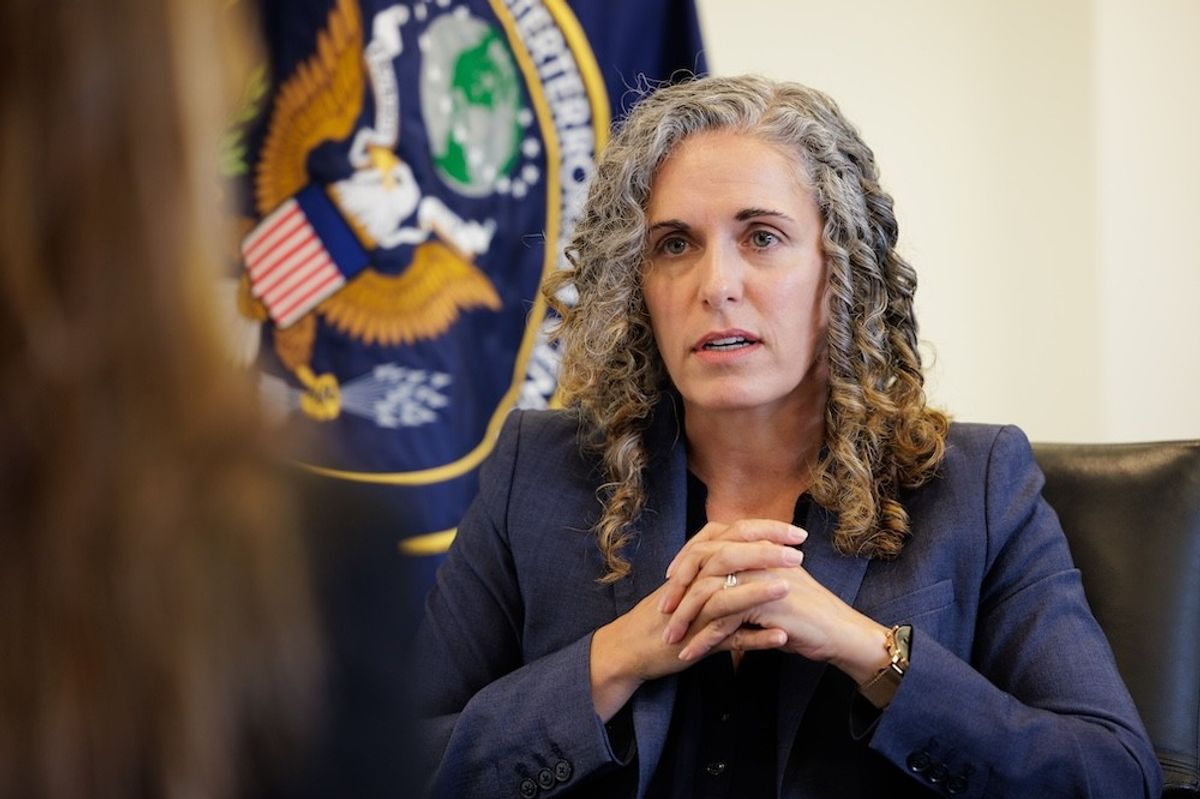The security of U.S. borders has become one of the key issues in the U.S. Presidential race. Some of the Republican candidates support building a fence along the border with Mexico to stop illegal immigrants, drug smugglers and possibly even terrorists from entering the country.
General John Kelly worries that drug lords and terrorists could join forces.
In his 2014 testimony before Congress, General Kelly, the Commander of U.S. Southern Command, wrote: “Clearly, criminal networks can move just about anything on these smuggling pipelines. My concern, Mr. Chairman, is that many of these pipelines lead directly into the United States, representing a potential vulnerability that could be exploited by terrorist groups seeking to do us harm.”
The dynamic General Kelly refers to is convergence - when unrelated groups share resources. And while it may seem like a buzzword, it’s a real concern. Here are four things to know:
1. Convergence in its purest form is nothing new. Politically motivated terrorist organizations have benefited for decades from the money drug trafficking brings into their coffers – think the FARC in Colombia or the Shining Path in Peru.
As time progresses, the lines between the organizations blur. Today, the FARC are inseparable from the cocaine trafficking that the organization carries out. Al-Qaeda in the Islamic Maghreb (AQIM) has reportedly used well-established smuggling networks to profit from cocaine trafficking. Algerian intelligence officials estimate that AQIM earned more than $100 million from drug trafficking and kidnapping from 2003 to 2010—money which is in turn used to finance their extremist operations.
2. Convergence is mutually beneficial to terrorists and traffickers. Terrorist groups take advantage of international traffickers’ vast and sophisticated logistics networks. Years of moving drugs, people, money and weapons – among many other things – have given traffickers access to places and people that terrorist groups need. On the other end of the equation, terrorist groups can pay traffickers large amounts of money for the services rendered.
3. Convergence between terrorist organizations and international traffickers is now a real concern for the United States. The ease with which drug traffickers can move product into the United States demonstrates critical vulnerability along its borders. When viewed in the context of terrorism, these organizations’ ability to move money, people and weaponry globally requires nations – particularly the U.S. - to think differently about the threat landscape.
4. An attempt to exploit trafficking networks for a terrorist attack has already been made. In 2011, the Iranian government allegedly attempted to assassinate the Saudi Arabian Ambassador to the U.S. with the help of a Mexican drug cartel. According to U.S. prosecutors, two men working on behalf of Iran’s Quds Force attempted to hire the Mexican Zetas cartel to carry out the assassination. They offered $1.5 million dollars to someone they thought was a member of the cartel, but in fact was a confidential informant of the U.S. Drug Enforcement Agency.
Though this attack did not succeed, it demonstrated the vulnerability of the United States to terrorist attacks carried out through well-established entry points used by traffickers.
Although there have been no other alleged incidents of convergence in the United States, security experts fear there is real potential for criminal and terrorist groups to share resources and expertise to the detriment of the U.S.













